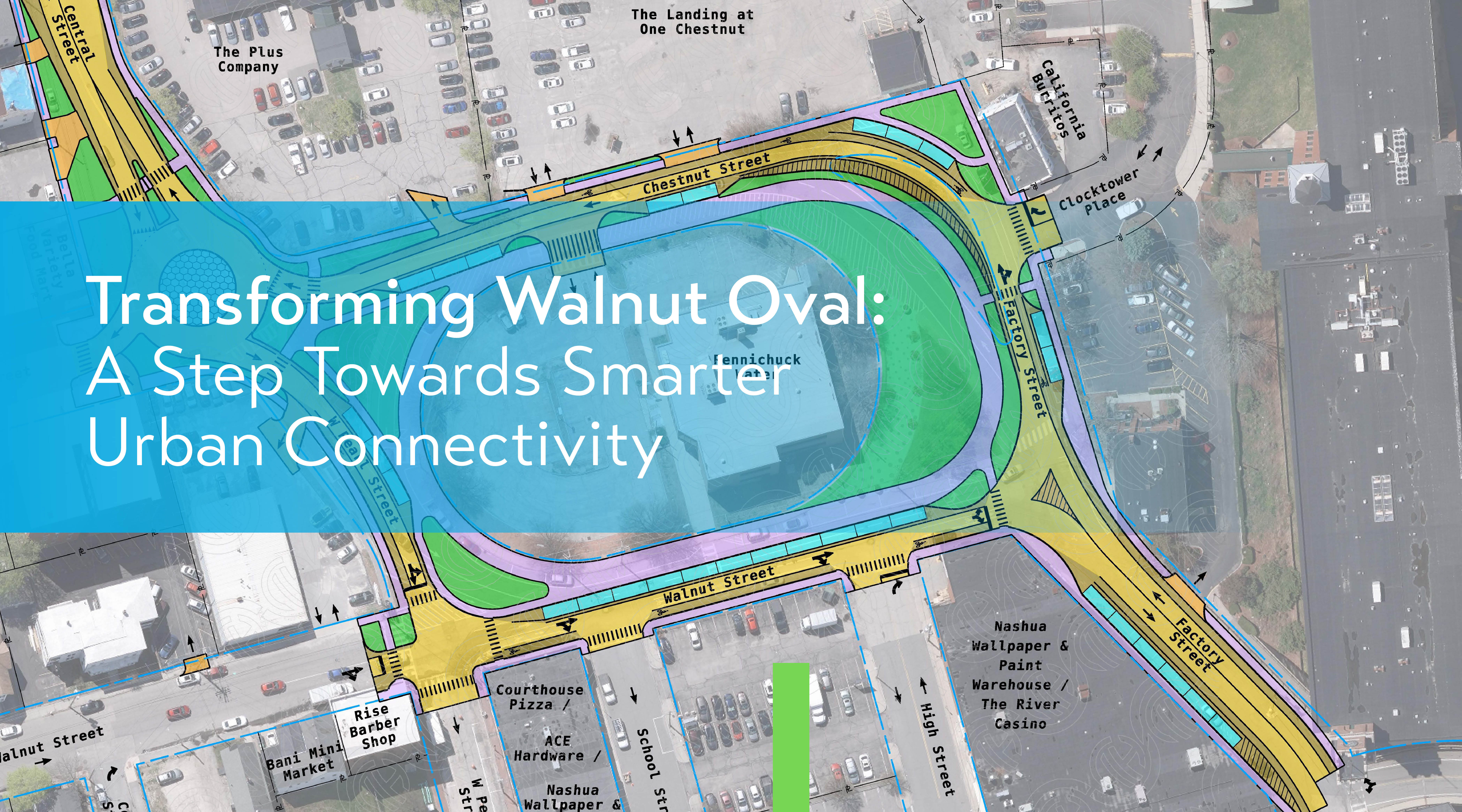New Years is a great time to reflect on unaccomplished goals and lay out a plan for finally checking them off your list. The same holds true for garage owners. How long have you seen that one little leak or noticed that crack in your concrete wall? How many times did you say, “I’ll call someone about that when I finally have time?” If this describes you, or if you can’t remember the last time you even thought about the condition of your garage, make 2022 the year you take action!
Garage owners are often very good at general housekeeping and day-to-day maintenance items like making sure the lights are working, keeping the garage clean and tidy, and removing snow and ice, but what they often forget about is preventative maintenance. It is important to maintain and repair your garage continuously throughout its service life. If preventative maintenance tasks and repairs are deferred year after year, the deterioration rate of the garage may occur at a faster rate and lead to costlier repairs. On the other hand, when preventative maintenance is embraced and when repairs are executed earlier, the overall repair cost can be less, and the garage’s life can be extended as seen in the figure below.1

So, what is preventative maintenance? Preventative maintenance involves checking in on your structure on a regular basis to verify that everything is working as intended and making plans for cleaning, repairing, or replacing components as needed. A typical example of preventative maintenance that often gets overlooked is the periodic cleaning and flushing of a garage drainage system. Over time, the drainage system in a garage can get clogged with sand, garbage, and leaves. This accelerates the corrosion and breakdown of the drainage pipes while also not allowing water to be carried out of the garage. Standing water poses multiple risks as it can freeze in the winter months creating a slip and fall hazard as well as seep into the concrete members of the garage with de-icing chemicals which can corrode and deteriorate the structure of the garage. On the other hand, a clean drainage system quickly and efficiently removes water from the garage before it can cause damage.
That sounds like a lot of work; where do I even start? The first step is to establish a baseline for your garage by completing a condition assessment. This involves a structural inspection of the garage which should be completed by a qualified engineer. Once the baseline of the garage is known, a realistic and useful preventative maintenance plan should be formed. For the DIY-ers, there are many great references such as the National Parking Association Parking Garage Maintenance Manual and the PCI Maintenance Manual for Precast Parking Structures that are available to help with this plan; however, reaching out to a local engineer is often the best bet. An engineer will be able to take the findings of the condition evaluation to rank maintenance and repairs in order of need, costs, and overall benefit to ensure that the preventative maintenance plan is the best course of action for your individual garage.
Hoyle Tanner has decades of experience inspecting, rehabilitating, and providing preventative maintenance plans for parking garages across New England. For us there is no “one size fits all” solution for garage maintenance and repair. We have the knowhow and experience needed to provide a unique solution for your garage. If garage maintenance is on your resolutions list, contact me!









